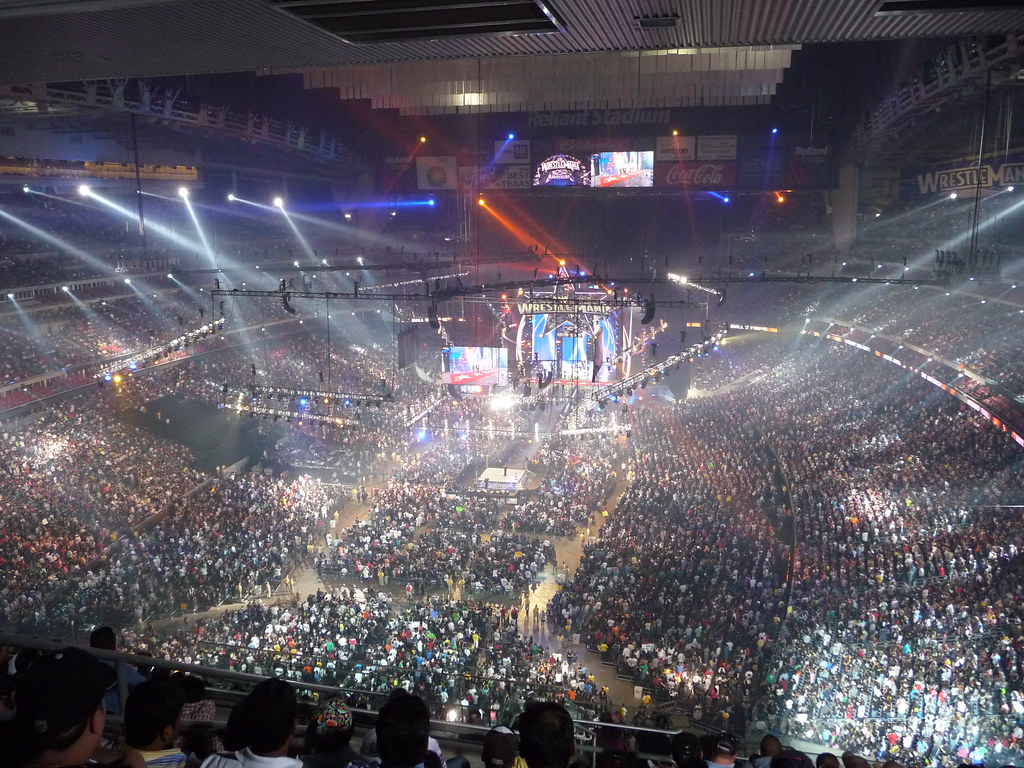The WWE’s new era is a testament to the sport’s rich legacy, ringing in a refreshing throwback to the gritty, passionate broadcasts of yore, yet tailoring it with the finesse of modern-day storytelling.
Revitalized Commentary: A Blast from the Past
WWE has wisely dialed back the overly-produced commentary, granting the likes of Michael Cole and Corey Graves the autonomy to spice up broadcasts without constant product plugging, and earpiece nagging. This freedom has significantly enhanced the flavor of the shows, echoing the legendary days of Gorilla Monsoon and Jesse Ventura.
Without the incessant barking in their ears, commentators can now delve deeper into the nuances of matches, paying homage to the art form while keeping viewers hooked with their genuine reactions and insights.
Long-term Storytelling: The Heart of Wrestling
Forget the quick flips and short-lived feuds of recent years; WWE’s commitment to long-term storytelling is a boon for fans craving continuity and depth. This strategic shift means rivalries and character arcs have room to breathe, develop, and resonate.
Each storyline is meticulously crafted, laying down the groundwork for epic showdowns and emotional pay-offs, reminiscent of wrestling’s golden era when narratives were king.
Matches That Tell Stories
The ring is alive again with stories being told through physical prowess and strategic play. Gone are the days of pointless brawls. The WWE seems to be heading in a direction where every hold and high-flying move is part of a larger narrative, weaving a tale of triumphs, betrayals, and rivalries.
This focus not only elevates the in-ring action but also re-establishes wrestling as a compelling form of storytelling, capable of captivating and thrilling audiences through athletic drama.
A Return to Professional Wrestling Roots
The new era marks a shift from “Sports Entertainment” back to “Professional Wrestling,” in fact commentators and wrestlers are free to use the terms wrestling and wrestler and have moved beyond the days of “Sports Entertainment” and “Superstars.”
This change is not just semantic but reflects a broader respect for wrestling as a competitive sport and an entertainment medium.
As we witness these transformative changes, it’s clear WWE is not just revisiting its roots but reinvigorating them, ensuring that the legacy of professional wrestling continues to evolve while respecting its storied past. This is a thrilling time to be a WWE fan, as the organization rediscovers its core and reignites the passion that has made wrestling a beloved global phenomenon.
